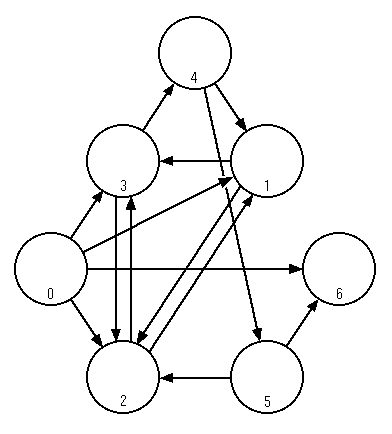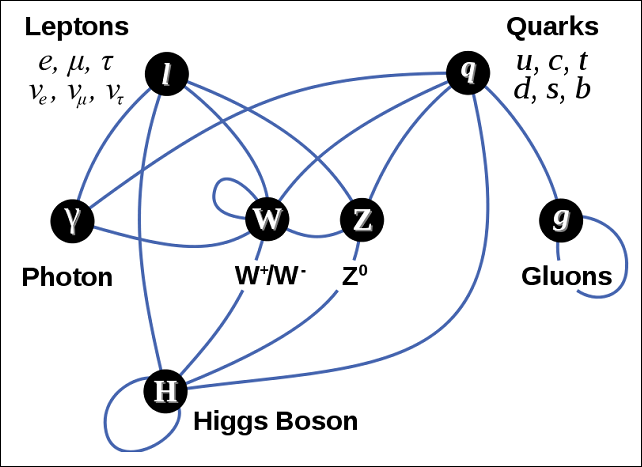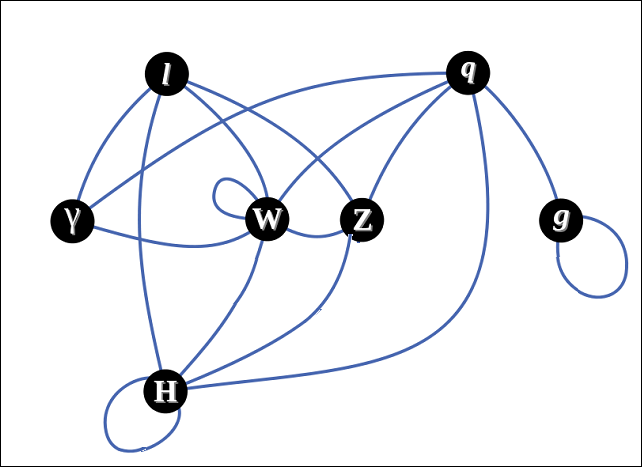[ Cross-posted from Zenpundit — this one’s a prose poem: it begins with a statement so tight it needs to be unwound, and unwinds it ]
.
I wrote this urgently starting when it “woke” me at 4am one morning in the late 1990s or 2000, and as soon as it was out, I found myself writing another piece in the series, a game design. Together, the pair of them represent a stage in my games and education thinking intermediate between Myst-like Universities of 1996 and my vision today of games in education. In this posting, I have added the words “figuratively speaking” for absolute clarity: otherwise, the piece remains as written all those years ago.
***

A copse. Photo credit: Ian Britton via FreePhoto.com under CC license. Note how the wind sweeps the trees into a group shape.
***
Trees: Phototropic Simplexities
Trees are phototropic simplexities, no wonder we like them they cowork so well too: copses, see.
*
Meaning:
Trees we know: I as writer can refer you, reader, safely to them, “trees”, in trust that the word I use will signal to you too — triggering for you, also — pretty much the assortment of branching organic thingies about which I’m hoping to communicate that they are complex entities whose complexity comes from a simplicity of rule — branching — repeated with variations, said variants doing their branching in thirst of light, each trunk rising, limb outpushing, branch diverging, twig evading other twig much as one who seeks in a crowd a clear view of a distant celebrity shifts and cranes and peers — branching, thus, by the finding of light in avoidance of nearby shadow and moving into it, into light as position, that light, that position, growing, and thus in the overall “unified yet various”, we, seekers of the various and unified love them, to see them in greens themselves various in their simplexity is to say “tree” with a quiet warmth; while they themselves also, by the necessity of their branching seeking, if clumped together seek in an avoidance of each other’s seeking, growing, thus space-sharing in ways which as the wind sweeps and conforms them to its own simplex flows, shapes them to a common curve we call aerodynamic, highlit against the sky huddled together as “copse” — this, in the mind’s eyes and in your wanderings, see…
*
Meaning:
Trees we can talk about. Simplexity is a useful term for forms — like trees — which are neither simple only nor complex only, but as varied as complexity suggests with a manner of variation as simple as simplicity implies.
Trees? Their simplexity is conveyed in principle by the word “branching”. Its necessity lies in the need of each “reaching end” of the organism to ascertain from its own position and within the bounds of its possible growing movement, some “available” light — this light-seeking having the name “phototropism”.
Simplexities — and thus by way of example, trees — we like, we call them beautiful.
Clustered together, too, and shaped by the winds’ patterns of flow, these individual simplexities combine on an English hilltop (or where you will) to form yet other beauties.
*
Thus:
Trees are phototropic simplexities, no wonder we like them they cowork so well too: copses, see.
*
Meaning:
I love trees. Want to talk about simplexities, beauty.
I wish to talk about beauty because it is beauty that I love, if I love it, that is beauty: love is kalotropic, a beauty-seeking. I am erotropic, love seeking — you can find in this my own simplexity, my own varieties of seeking, of the growths that are my growth, and clumping me with others under the winds, the pressures that form and conform us, you can find also the mutual shapes that we adopt, beautiful.
Simplexity, then, is a key to beauty, variety, self, character, cohabitation… Tropism, seeking, is the key to simplexity. Love is my tropism. Ours, I propose.
*
Meaning:
Beauty is one simplexity perceived by another: the eye of the beholder, with optic nerve, “brain”, branching neuron paths that other simplexity, “consciousness” the perceiving.
*
Meaning also:
That all is jostle, striving — a strife for life, in which the outcome overall is for each a “place in the sun” but not without skirmishes, shadows. The overall picture, therefore, beautiful — but this overall beauty hard to perceive when the specific shadow falls in the specific sought place of the moment, the “available” is not available, and the strife of the moment is paramount.
Branching being the order behind simplexity, differentiation…
Differentiation for maximal tropism at all levels — life seeking always the light, honey, beauty, is always and everywhere in conflict also with itself, competitive: and competition the necessary act of the avoidance of shadow, and the shadow creating act.
And beauty — the light, thing sought, implacably necessary food and drink, the honey — thus the drive that would make us kill for life.
I could kill for beauty.
I could kill for honey.
Figuratively speaking.
*
Implying:
Paradise and Fall, simultaneous, everywhere.
It is at this juncture, at this branching, that we are “expelled from the garden” — can no longer see the beauty that is and remains overall, that can allow us to say also, “we are never outside the garden” — for the dappling of light on and among the leaves has become to us, too closely jostled, shadow.
And shadow for shadow we jostle, and life is strife.
*
Thus:
The dappling of light on leaves, beautiful, is for each shadowed leaf, shadow, death-dealing, is for each lit leaf, light, life-giving: a chiaroscuro, beautiful, see.
Roots, too, have their mirror branchings.
















